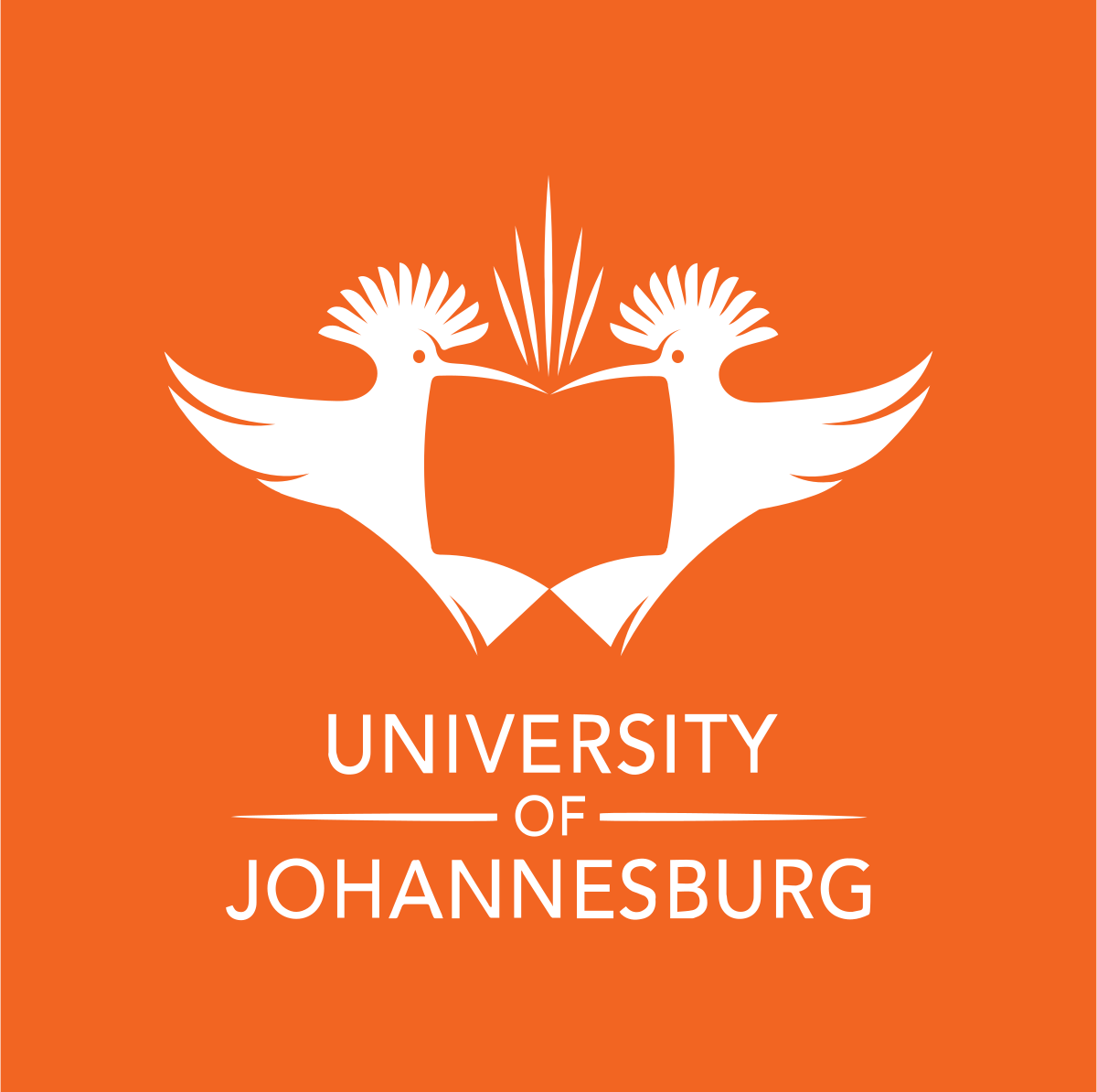UJ develops intelligent technology to estimate probability of infection for COVID-19
It has now been confirmed that South Africa has entered a second wave of Covid-19, with an increase in the number of infections, daily. In the midst of the crisis caused by this global pandemic, a wide range of solutions are required to mitigate the risk of exposure to the virus – from developing low-cost ventilators and Personal Protective Equipment (PPEs), as well as understanding how the virus is transmitted and the rate of infection.
In light of this, a joint team from the University of Johannesburg’s (UJ) Faculty of Engineering and the Perinatal HIV Research Unit (PHRU) at the University of the Witwatersrand has developed an interdisciplinary research project that seeks to estimate the time evolving probability of infection using droplets and surface films in selected environments.
Simon Connell, a professor of Physics within UJ’s Faculty of Engineering and the Built Environment says the project was partly borne out of the fact that there are many situations where it is not possible to apply the 2m social distancing rule. “We need to understand what happens to the time evolution of the virus in droplets entrained in fluid flows in enclosed spaces,” he says. “Furthermore, it is important to understand what the effects of engineered medical interventions are, and how can they be optimised.”
The interdisciplinary team are developing tools that are able to predict the evolving infectiousness of COVID-19 containing respiratory droplets, after they are coughed or sneezed out. Tuberculosis (TB) has the same respiratory droplet transmission as COVID-19. “With our modern data intensive approach, we are able to collect, quantify and compare data on the droplet infectiousness (airborne and surface contamination) based on local environmental conditions,” explained Prof Connell.
Dr Muaaz Bhamjee, also of UJ, explains that this technology is especially needed in scenarios where adhering to social distancing is sometimes challenging. “This approach uses laser point cloud scanning to establish 3D geometries, supplemented by data of materials for surfaces, surface temperatures and local flow streams near sources or sinks of flow.
“This is then fed into a sophisticated computer model that can predict the level of infectiousness in the air. We are linking with the surveyors in UJ’s Department of Mining Engineering to provide cutting edge laser scanning capacity,” said Dr Bhamjee.
Prof Neil Martinson, CEO of the PHRU points out that this model could be deployed in places where people congregate, such as schools, universities, taxi ranks or inside the minibus taxis as well as in clinics, hospitals, mines and even care homes. “Accurate prediction of the infection risk in these places will allow us to model environmental modifications – such as extraction fans, UV light and strategically placed air vents – that could prevent the transmission of both COVID-19 and TB”, adds Prof Martinson.
Prof Connell concludes: “Data science techniques are transforming some areas of public health and have played a major role in the delivery of the model. The team hopes that the new model will provide insights into exactly where the ‘hot spots’ are in the social distance and clinical spaces and which social distancing methods are most effective in stopping the spread of the virus.
“We are looking forward that industry will embrace this innovation and use it as within their domains.”
UJ has identified funding for two post-doctoral students to boost the programme
PHRU will hire a master’s or PhD student to add to UJs commitment to this programme.

